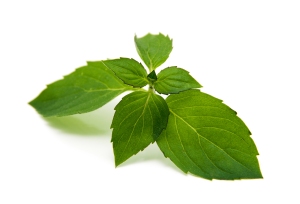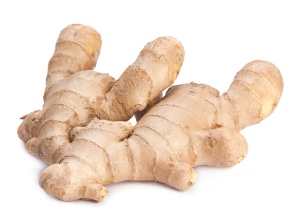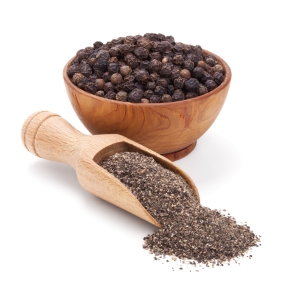Wintergreen Oil (methyl salicylate)
Wintergreen oil comes from plants that belong to the Gaultheria species. These plants are called wintergreen simply because they retain their characteristic green color since they continue to make food or continue photosynthesis even during the cold winter months.
The oil itself has a characteristic pinkish to pale yellow color and it is strongly aromatic. This is due to wintergreen oil’s 98% methyl salicylate component; the rest is composed of a- pinene, myrecene, limonene and other trace compounds. The oil is derived from wintergreen plants using steam distillation process; the leaves of the plants are macerated in warm water and the solution is steamed to gather the precious oil.
Wintergreen oil is useful in many applications and one of them is for muscle and joint pains. It is a major component of most ointments, pain reliever creams and balms used for muscle and joint pains. The reason for the effectiveness of wintergreen oil as a pain reliever is its methyl salicylate content. Methyl salicylate is a compound that is similar to aspirin; it can counter pain and inflammation and thus can reduce pain, swelling and stiffness of joints and muscles.
Wintergreen oil is a major ingredient in pain reliever creams and ointments plus it may also be used in other illnesses. It can help reduce the pain and swelling of joints in arthritis, it can reduce the appearance of ugly cellulite, it can help reduce edema of the lower extremities, it can improve circulation since it increases temperature of the area, it can reduce hypertension, it can help with hair and skin problems like eczema and psoriasis and in can also help reduce cramps and tendinitis.
Wintergreen oil is mainly found in topical preparations but it may also be used as an herbal tea, as an additive to toothpaste and mouthwashes to provide that fresh and cool wintergreen scent and flavor and the leaves of wintergreen plants are used in folk medicine to prevent tooth decay by chewing on them. There is pure wintergreen oil that may also be used directly on the skin or you may choose products with wintergreen oil as main ingredients to reduce joint and muscle pain.
References:
Methyl salicylate – Wikipedia, the free encycloperia. (n.d.). Retrieved May 22, 2014, from http://en.wikipedia.org/wiki/Methyl_salicylate
Wintergreen Oil | Baseline of Health. (n.d.). Retrieved from http://jonbarron.org/herbal-library/herbs/uses-oil-wintergreen
WINTERGREEN: Uses, Side Effects, Interactions and Warnings– WebMD. (n.d.) Retrieved from http://www.webmd.com/vitamins-supplements/ingredientmono-783-WINTERGREEN.aspx?activeIngredientId=783&activeIngredientName=WINTERGREEN







